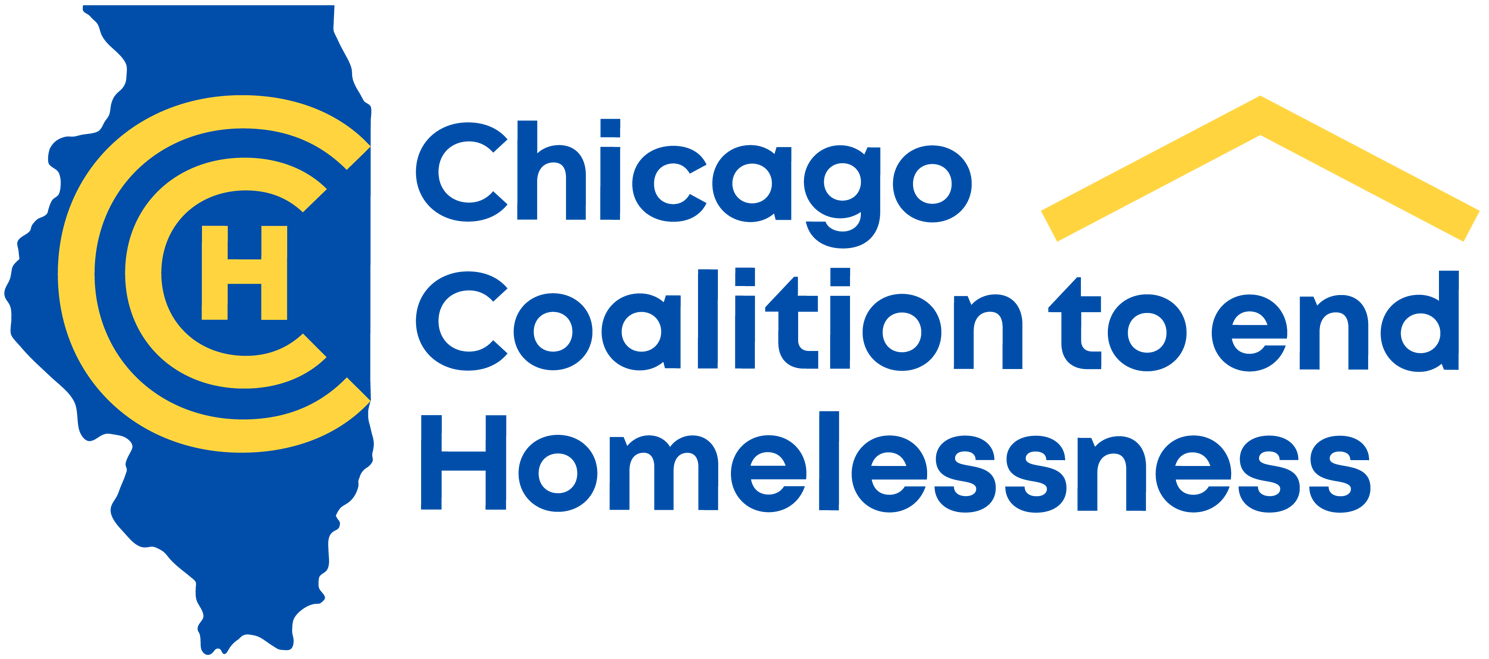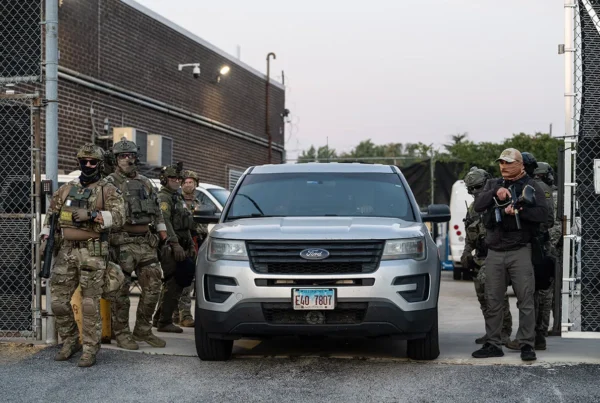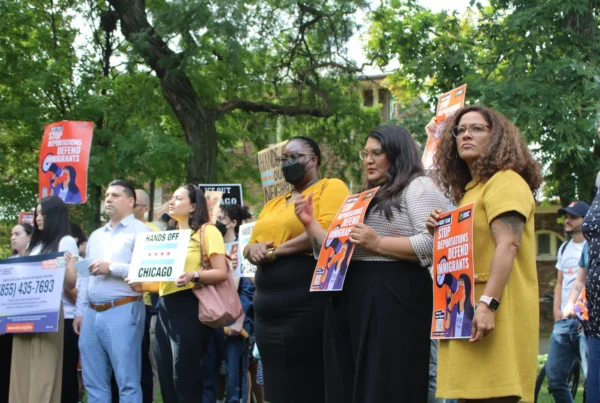By Katherine Hignett
Temperatures in Chicago are set to plummet as low as minus 12 degrees on Wednesday as the polar vortex tightens its grip on the Windy City. Homeless charities and city officials are racing to shelter as much of Chicago’s homeless population as possible before the extreme cold sets in.
“The homeless face serious challenges all year long when outside,” Paul Hamann, president of local organization the Night Ministry, told Newsweek. “During cold weather snaps, such as we are having now, our biggest concerns are hypothermia, frostbite and respiratory illnesses.”
Experiencing sub-20 Fahrenheit temperatures for just a few minutes can harm your health, Hamann explained. The extreme cold, he added, is especially dangerous for people whose health is already compromised.
Advocacy group Chicago Coalition for the Homeless (CCH) estimates some 16,000 people live on the city’s streets and in its homeless shelters. That number jumps to nearly 80,000 when people who are couch surfing or seeking shelter with friends or family are taken into account.
Official figures counted just 5,657 sheltered or unsheltered homeless people in the city in one day in 2017, but the CCH’s executive director, Doug Schenkelberg, said the numbers do not capture the full picture.
The city has turned public buildings and even buses into warming centers to help people stay safe during the day. But many people facing homelessness have nowhere to go when they close, Hamann explained. “There are never enough shelter beds,” he said.
Some warming centers do stay open all night, however, and those seeking shelter—and people who spot others in need—can call 3-1-1 to find the nearest one. CCH is also collecting transit passes for those whose local shelter is full. “Whether it’s a shelter, a 24-hour warming center or a family or friend’s couch, find a place to be safe,” he said.
Some people prefer to stay on the streets at night because they’ve had bad experiences at shelters or because single-sex facilities can’t accommodate their partner, for example. “These are hard situations to face,” Hamann noted.
Hamann said locals could support those in need by contacting groups like the Night Ministry and finding out which items are needed, such as blankets, sleeping bags or socks. Financial donations, he added, were always appreciated.
Although Schenkelberg praised the city’s response to the current cold weather, he urged officials to improve support for homeless people year-round.
The Cook County medical examiner’s office estimates at least 18 people have died from exposure to the cold so far this winter, according to the Chicago Sun-Times. Since 2006, some 250 people are thought to have died at least in part because of the cold. It is not known how many of these people were experiencing homelessness.
The CCH, Schenkelberg told Newsweek, wants elected officials to implement a funding initiative called “Bring Chicago Home” that would dedicate $150 million to tackling homelessness in the city.
“Homelessness exists 365 days a year,” he added. “It’s important to rise to the occasion in these emergencies, but it’s equally important to work towards ending homelessness when the emergency passes.”






